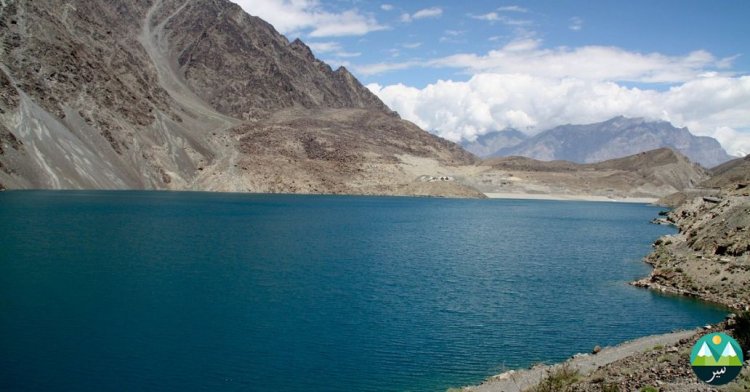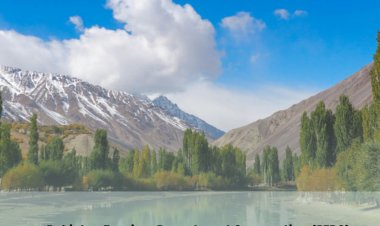Skardu's Water Supply Reaches Critical Levels in Ramadan

The residents of Skardu are bracing themselves for an acute water shortage, as the water level in the Sadpara dam has drastically fallen to a dead level. The dam, situated southwest of the city, is the solitary source of water that caters to the basic needs of the population, such as drinking, irrigation, and electricity generation. Due to the water shortage, the authorities have implemented water rationing, supplying drinking water to Skardu town only during sehri and iftar hours.
According to Shakoor Abdullah, a resident, Skardu residents are currently facing power outages that last for up to 22 hours, and no drinking water is being supplied for 20 hours. The water shortage has been exacerbated since the beginning of Ramazan, as stated by Ishaq Jalal, one of the approximately one million residents of Skardu. He said that locals are only receiving drinking water during sehri and iftar hours. Mr. Jalal asserted that the only feasible solution to overcome the shortage was to divert water from nearby streams into the dam. He lamented the fact that this plan has not been implemented, despite being proposed for many decades.
The locals have blamed the Water and Power Development Authority (Wapda) officials for their mismanagement and failure to ensure a consistent supply of water and power to Skardu. A Wapda official confirmed that the water level in Sadpara dam has reached a dead level. "As a result of the decrease in water level, drinking water is being supplied to Skardu at specific times," he said. The official further explained that the dam usually receives water from melting glaciers during the summer season, and the inflows remain normal from May to October, which is sufficient to generate electricity and fulfill irrigation and drinking water needs.
However, from October to May, the inflows reduce significantly, and the officials rely on stored water to fulfill the needs of locals. According to the official, the water flow from melting glaciers remained irregular due to bad weather last summer, and therefore, the dam couldn’t be filled to the maximum level. The official also mentioned that low water levels reduced the water discharge, which affected the power generation from the Hydro Power Station, resulting in load shedding. He warned that the shortage was expected to last till May, as the reservoir is already at the dead level, and it will only improve after the glaciers start melting in summer.

















